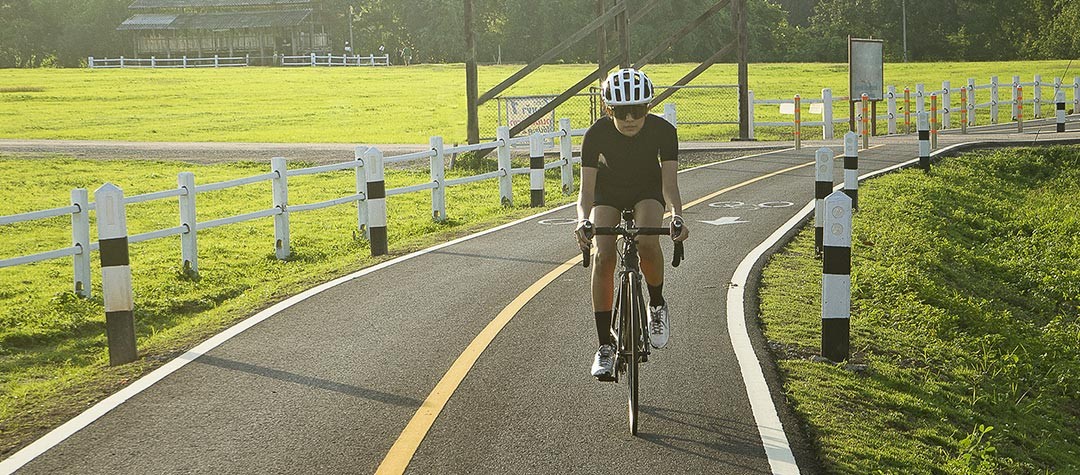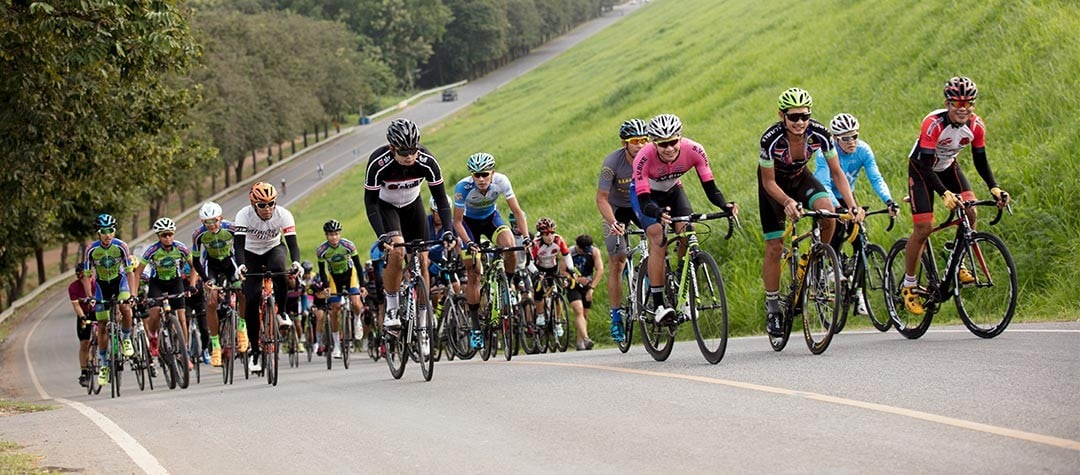If you are one of the ever-increasing numbers of people who decide that they want to give cycling a go, you may need a little help in getting started.
It may be that you’ve been away from pedalling for a while or it could be that you’re a total newbie. Whether you want to start commuting, get fitter or simply ride for fun, one thing’s for sure; you’ll no doubt have a host of questions to ask with kit and equipment being right up there. So here are a few handy tips to help you on your way…
1. Which bike should I choose?
First up you need to choose a bike that will suit the type of riding you want to do. As time passes and you no doubt fall ever more in love with cycling, your focus may change and get broader, but initially you need a starting point. The most commonly used/sold bikes available are: Road; fast, light and used on the road. Mountain Bikes (MTB); for tracks and rough terrain. Hybrid; a cross between road and MTB and Town Bikes; they are primarily suited for shorter, flat, urban rides. So, decide on the type of bike to suit your needs and pocket.
2. Get the bike fit right
After choosing the type of bike you need, the next step is getting the right size. It’s difficult to understate the importance of this. Getting it right will ensure your comfort and efficiency whilst riding as well as helping ensure you are as stable as possible and therefore safe. Most bike shops offer expert advice on this so just be very wary if you are ordering your bike online and ensure that you’ve done your research first!
Whilst we’re on the subject make sure you get a saddle that’s right for you too. Don’t overlook this as it could make for some uncomfortable riding. The other main ‘point of contact’ on the bike are the pedals , of which there are three sorts; flat, toe clips (or cage) and clipless. For beginners the best idea would be to start on flats before graduating to toe clips then possibly clipless as your ability and confidence increases. Hopefully this won’t take too long!
3. Choosing the right helmet
Okay, this is a bit of a political hot potato and the choice is of course yours, but a helmet is an essential part of any ride, for obvious safety reasons. Helmet design has come a long way over the last 20 years so whichever one you choose you’ll look the part as well as keeping yourself safe. Prices vary but the most important thing is fit. Make sure you get one that isn’t overly tight or so loose it slides all over the place.
4. Cycle Clothing
What you decide to wear on the bike will be dictated by the type of bike and riding you do, as well as your budget. However, like most things associated with cycling, the choice is vast and you really don’t need to spend a fortune. As a basic rule, if you’re commuting for over half an hour (or generally riding for longer periods) try and go for clothing with a snug fit. Virtually all cycling kit is designed this way and offers the benefit of increased comfort by ergonomic design, breathability and protection from the elements.
5. Basic Maintenance
And here’s the good news, to do this you don’t need to an expert mechanic.
Chain : Your chain can wear out very easily if it isn’t lubricated and kept clean properly, so every week or so (especially after a ride in wet conditions) give it a wipe off before reapplying a suitable lubricant. There are several on the market but 3 in 1 oil will do the trick. Just remember to wipe off any excess.
Brakes : Ensure they are working properly before every ride by keeping them lubricated and check the amount of wear on the brake pads.
Gears : Again, keep them clean and lubricated and they will last well. Once your gears dry out and are left exposed to corrosive elements that come from the road, they will cease to function and eventually fail.
It’s worth noting that if you are ever in doubt about how to maintain your bike, don’t bodge it, take it to a bike shop.
6. Insurance
Most household insurance policies have some degree of protection, but check the small print carefully. They may not cover the bike in transit and might also have an upper limit which won’t cover the more expensive mountain and road bikes. You also need to make sure you’re covered in case you cause an accident when out riding.
7. Keep your tyres pumped up!
I see so many people riding around on half deflated tyres or even totally flat tyres. Don’t be one of them! If you keep them pumped up to a point between the minimum and maximum pressure as printed on the side wall of your tyre, you are helping yourself in many ways. Firstly it’ll be easier to ride as there is less rolling resistance. Secondly, you’ll reduce the risk of ‘pinch punctures’ as well as the potential damage to your tyres and you’ll reduce the risk of crashing on corners. As a rule of thumb you need more pressure in your tyres on the road and less for tracks and off road cycling.
8. Spares
If you’re planning on riding for more than just a few minutes to the shops and back it’s worth packing a few spares to ensure you can get yourself back home should the need arise. Essentials include a pump, spare tube (two is better) tyre levers, instant patches and a small multi-tool. If you don’t already know how, it’s worth practising replacing an inner tube before you venture out too far!
9. Join a Club
This is a fantastic way of getting the most out of your cycling whether you’re a novice or an experienced rider. What better way to learn than riding with like-minded cyclists?
10. Gradual build up
It’s very easy to get carried away in the euphoria of your ambition, along with your sparkling new bike and shiny kit. But don’t jump in feet first. Can you really manage to commute 30km a day for the whole week for example? Take stock. Be realistic with your goals and build your riding up gradually ensuring that you rest adequately in between. In doing this you won’t dampen your enthusiasm and burn out, plus you will reap the positive effects of training (however modest) far more efficiently. Okay, you’re ready to roll! Have fun.














